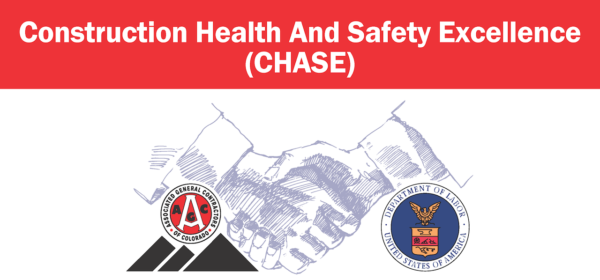United Airlines selected the former Stapleton Airport in Denver, to resurrect from is ashes, a new National Flight Training Center, but unforeseen turbulence threatened to ground the project and the safety of worksite staff.
United Airlines Training Center Takes Flight
In 2015, Denver along with other cities competed and won the honor of becoming the new Headquarters for United Airlines’ new National Flight Training Center. The General Contractor for the job, Mortenson Construction, was asked to transform six of the campuses’ aging buildings into a state-of-the-art training facility. Mortenson needed an electrical contractor with the technical expertise to complete the project. Kenny Electric was brought on board as a design-assist partner, working on all electrical and low voltage systems. It was a lengthy, three-year journey and is currently Kenny Electric’s largest contract in company history.
 |
 |
 |
Unexpected Turbulence
The United Airlines Training Facility (UATF) is a 23-acre site with a total of six buildings and over 400,000 square feet of finished space. The facility houses 32 flight simulators as well as 24 training classrooms, where pilots and flight attendants worldwide receive continuous education.
Shortly after the project begun, Asbestos was discovered throughout the facility. Not surprising, as the buildings were outdated, many not having seen a hammer in over 60 years. Because of added safety protocols and abatement implementation, the project underwent extensive rescheduling. Mortenson made a considerable effort to ensure everyone at the job site was protected from exposure. In kind, each sub-contractor worked to find solutions that would help the team to meet the original completion date without sacrificing safety.
Reaching Cruising Altitude
Many areas of the facility were off-limits during the abatement process. So, Kenny focused its attention on finding productive alternatives to keep work moving. The team utilized BIM virtual construction methods to pre-plan and pre-build the layout of the conduit, racking, cable trays, and vast amounts of electrical distribution equipment off-site.
Another complication was a requirement that the existing flight simulators remain in full operation for twenty-hours-a-day, seven-days-a-week. This stipulation required our team to work in multiple shifts. Work performed near simulator units also needed extra caution, because the erratic movement of the pods running a flight simulation could prove to be a safety risk. Platforms were built 40 feet above the floor, covering the entire simulator bay, so United could conduct training while work was performed.
Clear For Landing
-
Replacement of main S-distribution switchboards and electrical infrastructure to simulators and mechanical equipment
-
Installation of UPS system for all simulators for power conditioning and backup power
-
Installation of electrical infrastructure for new simulators
-
Installment of two medium voltage transformers (A-grade level)
-
Re-routing the 13,200-volt feeders from under simulator bays
-
Updating all lighting fixture and controls
-
Installment of a lightning protection system

Kenny Electric used Building Information Modeling (BIM) technology to drive consistency and optimize workforce hours on the job, as demonstrated by the installation of the new fire safety system. Control panels were custom built by Kenny Electric in our UL508A panel shop and modeling plans made available with BIM technology allowed us to prefab conduit units and trays, reducing the installation process to weeks vs. months. Kenny Electric recorded roughly 400,000 workforce hours on this project.
Flying the Friendly Skies
The team recognizes that being part of this three-phase, three-year project was humbling. We enjoyed working alongside the team at United Airlines and Mortenson Construction, to not only resurrect and repurpose a field abandoned buildings but to create an advanced center focused on human safety. The new facility not only drives greatness from our Nation’s pilots and flight attendants ensuring the skies remain a safe place for millions of travelers – but it has also brought out the best in us.



